Liberalization Liberates India's Automotive Industry, U.S. Exports On Their Way
Nine countries in the world have nuclear weapons. Oddly enough, that’s the same number of nations that design and build their own cars from scratch. The two accomplishments don’t have all that much in common, except that the former may indicate just how much scientific and engineering prowess the latter requires. India is one of a handful of states on both lists. The West tends not to think too much about the country’s carmakers because the world’s largest democracy has spent the last 50 years making cars for India, and India alone. That’s changing. Fast.
India’s automotive market is booming. While U.S. automobile sales stalled in April, India’s rose 11.8 percent year-to-date (105,962 units vs. 94,771). In 2006, local and foreign firms combined to manufacture 1.4m vehicles. Sure, experts estimate that China’s vehicular population will hit 10 million in 2007, but India’s growth rate is even more spectacular. They’re expected to double automotive output by 2008, and keep going from there.
The Indian car industry’s explosive growth reflects three main trends: a huge jump in the living standards of India’s middle class, an increase in their disposable income and regulatory liberalization. The latter includes the relaxation of the foreign exchange and equity restrictions, reduction of punitive import tariffs, and reform of Byzantine banking policies (to allow consumer financing).
The changes have created a vibrant sector. There are currently 41 automobile companies operating in India, from Ashock Leyland to TVS Suzuki. There are native companies, foreign partnerships and foreign subsidiaries. They offer a wide array of automotive products, from the (plug in) all-electric Reva Standard, to the once import-protected and now embattled Hindustan Ambassador, to the Lamborghini Murcielago.
The country has a “Big 2.5” and they’re on a roll. Last year, Mahindra & Mahindra earned $3.2b in gross profits from its car and truck branch. Maruti Udyog Limited, a subsidiary of Suzuki and Indian automotive industry leader, sells about 50k cars a month. Tata Motors also sells just under that amount AND brags of a 19 percent rise in sales for ‘06.
Western automakers are betting on India. Mercedes' new Indian factory is set to produce 5k cars a year (up from 2,121 vehicles in 2006). Ford India plans to open 135 new dealerships this year, capitalizing on its 45 percent year-on-year sales growth (41,797 vs. 28,840 units). GM recently declared it wants 10 percent of the Indian market by 2010 (200,000 units). To that end, they have just launched the 309k rupees ($7,300) Chevrolet Spark.
Toyota’s also shooting for 10 percent of India’s automotive business by the same deadline. India is reported to be ground zero for the Japanese automaker’s new global small car platform, which will be modified for local tastes and budgets. The GM and Toyota products will go up against Mahindra & Mahindra’s sub-$3k car and Tata’s planned 33 horsepower, $2500 four-door.
Fully assembled cars are only part of the story. Successful parts manufacturers have sprouted up alongside the assembly plants throughout India, contributing to the industry’s overall health and wealth. The main reason BMW opened an assembly plant in Chennai: access to quality suppliers.
All these Indian operations require local labor and management. Necessity has proven the mother of talent. A new cadre of educated automotive professionals has emerged.
Dilip Chhabria is a prominent example of India’s new breed of auto industry insiders. Chhabria began his career as an automotive designer working for General Motors in the States. It was not the best fit (or finish) for him. "I was not going to design door handles and hub caps for 20 years before I got a shot at designing cars," he told Businessweek.
Chhabria set up DC Design in ’93. The company now claims 300 employees and over 500 automotive designs (OEM, custom and prototyping). Dilip Chhabria decided to take his stake in India nascent automotive industry to the next level, and share his intellectual capital.
This August, the eponymous DC College of Automotive Design will welcome 1500 students. DC is working with Italy's Polytechnic di Turino to develop engineering courses, and the Istituto Europeo di Design for creative curriculum. DC will offer undergraduate and two-year postgraduate programs on automotive styling, transportation design, and engineering. By the time the first students matriculate, the Indian automotive industry may already be operating on the next level.
As American gas and labor prices continue their inexorable rise, demand for well-made yet cheaply-produced gas-sippers has blossomed. While all eyes are on China, it's only a matter of time before Ford, GM and other Western automakers use their Indian assets to design, build and export inexpensive and frugal ‘captive imports’ stateside.
After that, who knows? If Korea’s Hyundai can move its products upmarket, so can India. The United Auto Workers had better watch out. If they dig in their heels, domestic automakers are sure to use the nuclear option.
More by Michael Martineck
Latest Car Reviews
Read moreLatest Product Reviews
Read moreRecent Comments
- SCE to AUX This was the same car I had (05 xB, stick, "camouflage" color) for 7 years - great car.We called ours "The Lunchbox". I added aftermarket wheels, and the 3rd-party cruise control the dealers could install.It suffered only two failures: bad window switch in week 2 (dealer fixed in 1 hour), bad trailing O2 sensor (fixed myself for $70). Fuel economy was always 28-34 mpg.It was a potential death trap, and ride quality became unbearable after 2 hours. I once did a 10-hour round trip in it and could barely walk after.Traded it for a 2012 Leaf, which was a better car in some ways.
- Bd2 The "e" nomenclature signifies the e-ATPs which BMW is pursuing.
- Dave M. I'm sorry to see any storied name go away. The lifespan of the Malibu has fit perfectly in my lifetime years-wise. Some of the highlights include the first and second generations, the '78 revamp (very clean design), and the 2005 generation. Ford, GM and Mopar gave this segment away by allowing Toyota and Honda a foot in the door and then always having to play catch-up. How hard is it to make a truly competitive sedan at a profit? Obviously, Japan Inc. figured it out.I've driven a few rentals these past years; the Malibu got the job done but honestly the Passat and Altima were my rental preferences.
- Kcflyer actually yes. It's a shame that a product this uncompetitive can still outsell GM's entire EV offerings. Those products have had billions thrown at them. Imagine how nice the new Malibu, Impala, SS, and Lacrosse would be with that kind of commitment.
- 3SpeedAutomatic Nope....



















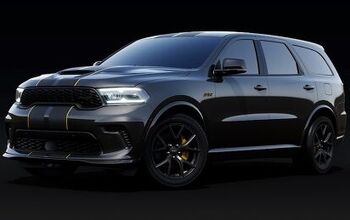
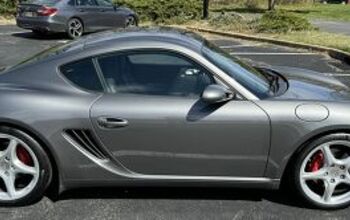



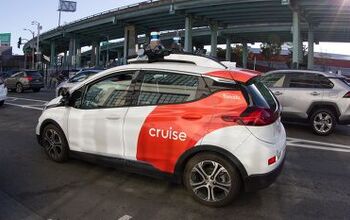
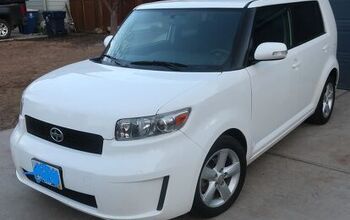
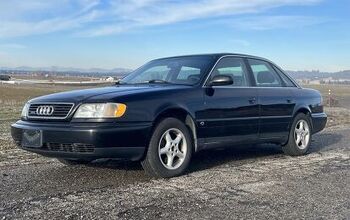



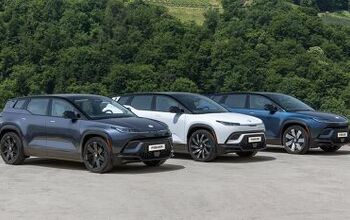
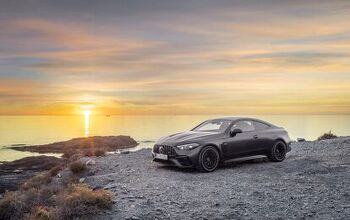

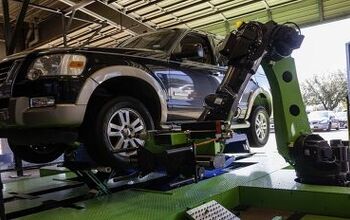
Comments
Join the conversation
Um, doesn't Canada build a lot of cars also?
US, Japan, Korea, China, UK, France, Germany, Italy, Sweden, Russia, India. Australia also designs and builds its own cars, and in the case of Ford, its own engine. In addition Ford of Australia designs cars for manufacture in several other countries, including India.